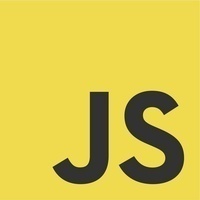Need advice about which tool to choose?Ask the StackShare community!
Hoodie vs Volt: What are the differences?
What is Hoodie? A fast offline-first architecture for webapps. Super-simple user management & storage. Great for mobile. We want to enable you to build complete web apps in days, without having to worry about backends, databases or servers, all with an open source library that's as simple to use as jQuery.
What is Volt? A ruby web framework where your ruby runs on both server and client. Volt is a ruby web framework where your ruby code runs on both the server and the client (via opal.) The DOM automatically update as the user interacts with the page. Page state can be stored in the URL, if the user hits a URL directly, the HTML will first be rendered on the server for faster load times and easier indexing by search engines.
Hoodie and Volt belong to "Frameworks (Full Stack)" category of the tech stack.
Some of the features offered by Hoodie are:
- Offline by default: Hoodie stores data locally first and syncs them in the background when possible. Great for mobile applications
- One-line signup/signin/signout/resend password and other account management functions
- Document-based storage with CouchDB: no building database schemas
On the other hand, Volt provides the following key features:
- Instead of syncing data between the client and server via HTTP, volt uses a persistent connection between the client and server
- When data is updated on one client, it is updated in the database and any other listening clients (with almost no setup code needed)
- Pages HTML is written in a handlebars like template language
"JSON" is the top reason why over 3 developers like Hoodie, while over 2 developers mention "Handlebars" as the leading cause for choosing Volt.
Hoodie and Volt are both open source tools. Hoodie with 3.51K GitHub stars and 314 forks on GitHub appears to be more popular than Volt with 3.3K GitHub stars and 209 GitHub forks.
Pros of Hoodie
- Reduces boilerplate4
- JSON4
- Offline first3
- Open source2
- Mobile friendly2
- Good use of the great couchDb and offline first1
Pros of Volt
- Rich web applications3
- Holy Grail (Server-Client)3
- Reactive Web Framework3
- Open source3
- Ruby client side3
- Handlebars3
- WebSockets3
- Real Time2
- Great Ruby Gems1
- Super Awesome for Beginners1
- Fantabulous1


















